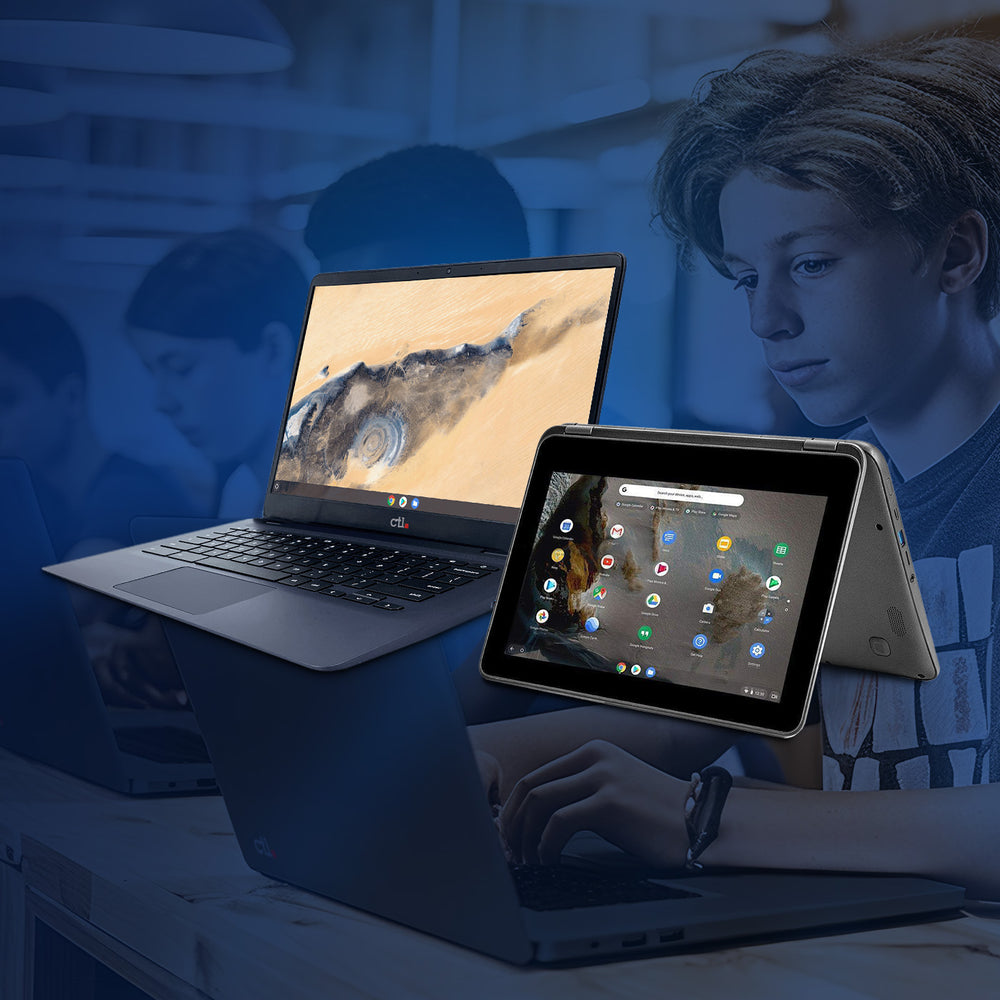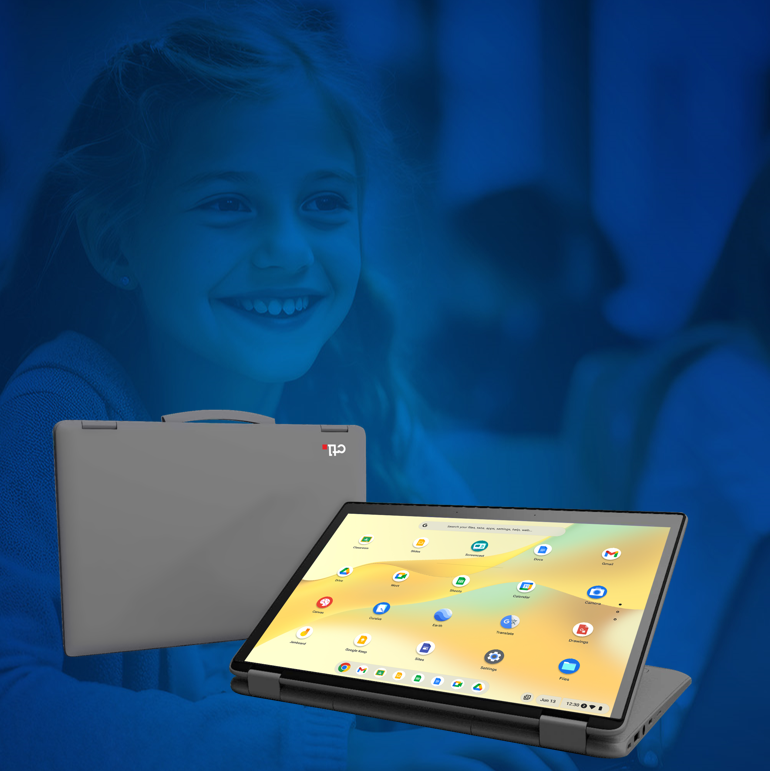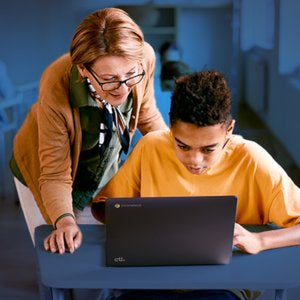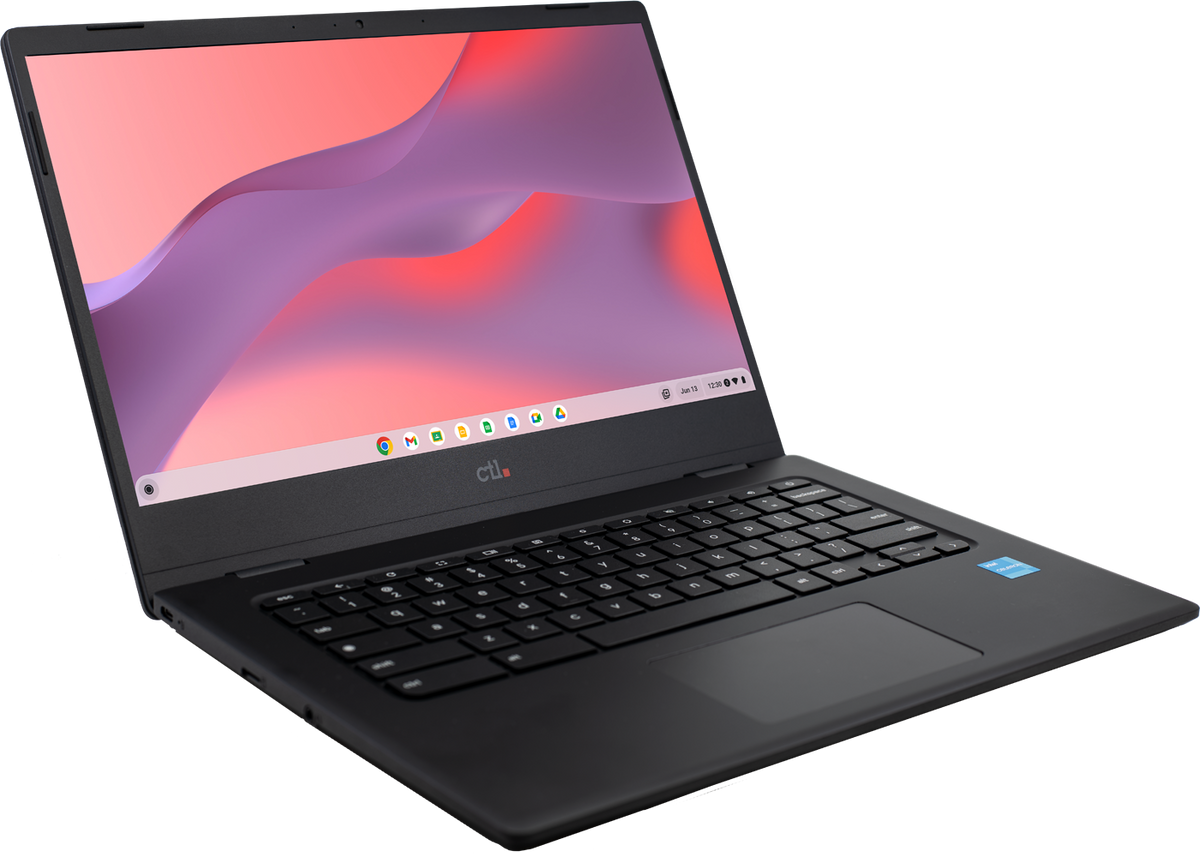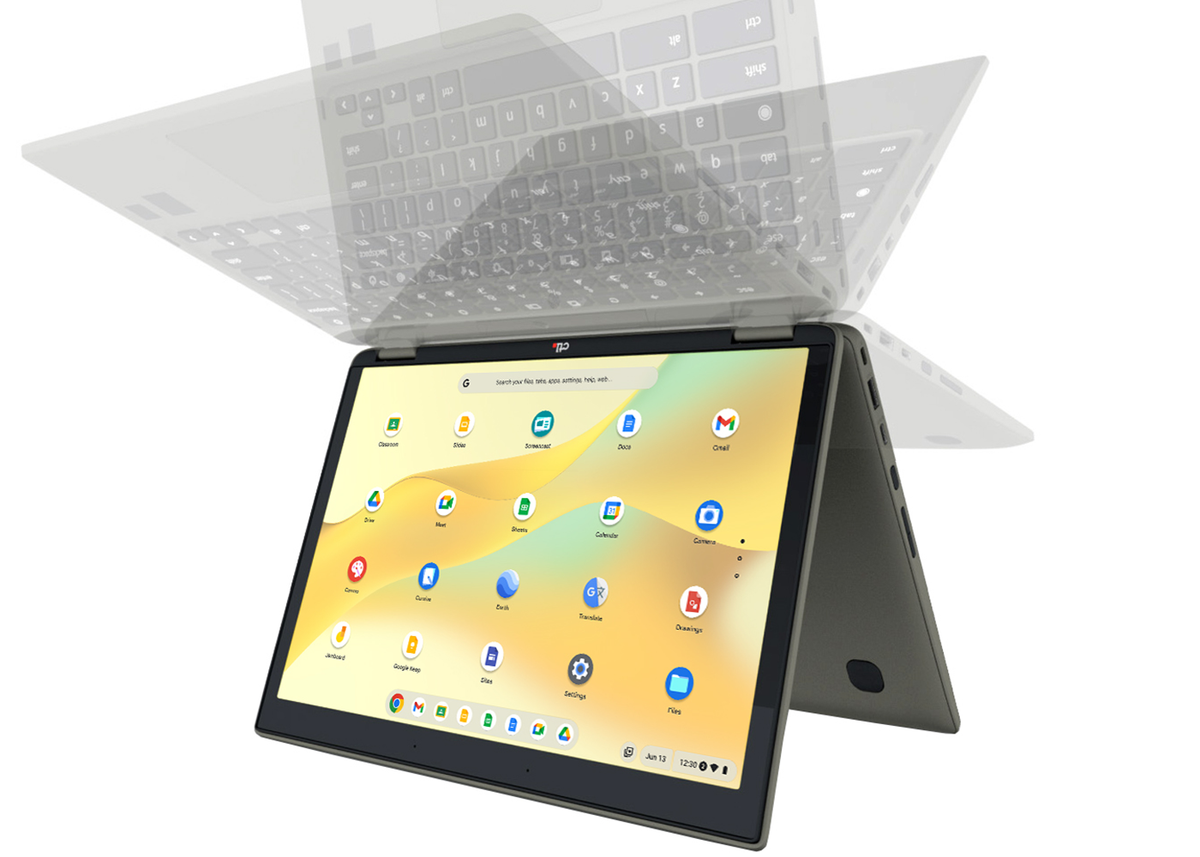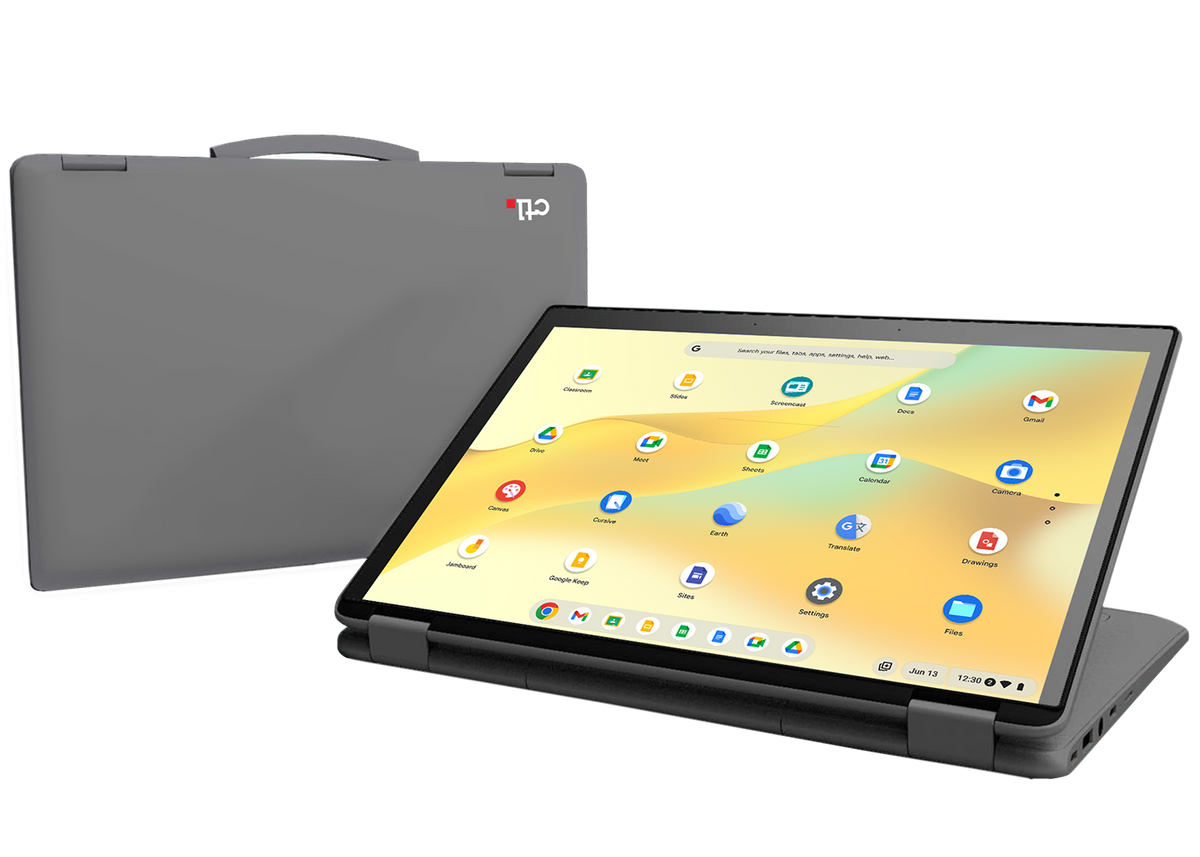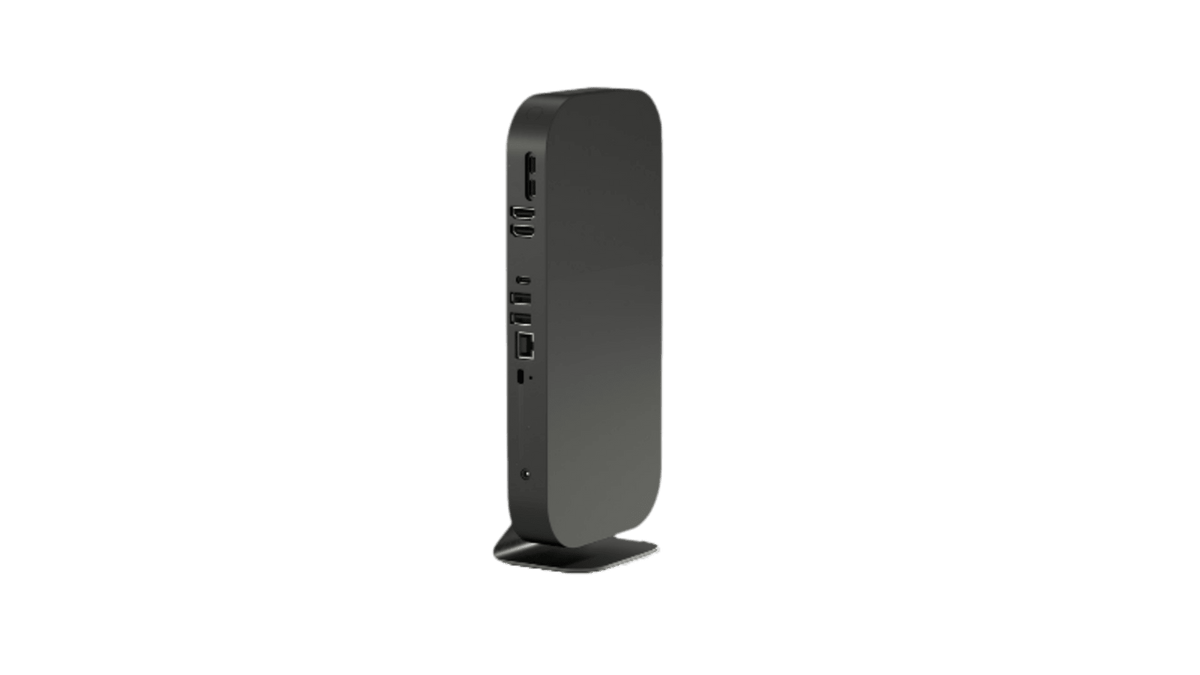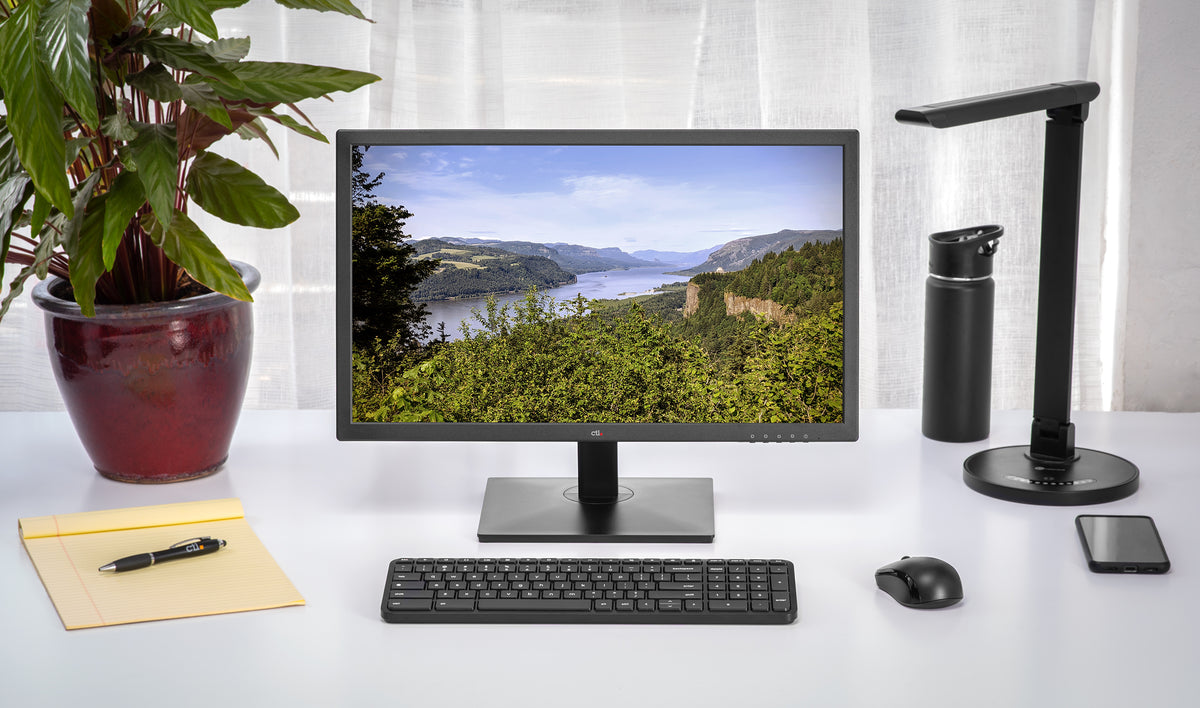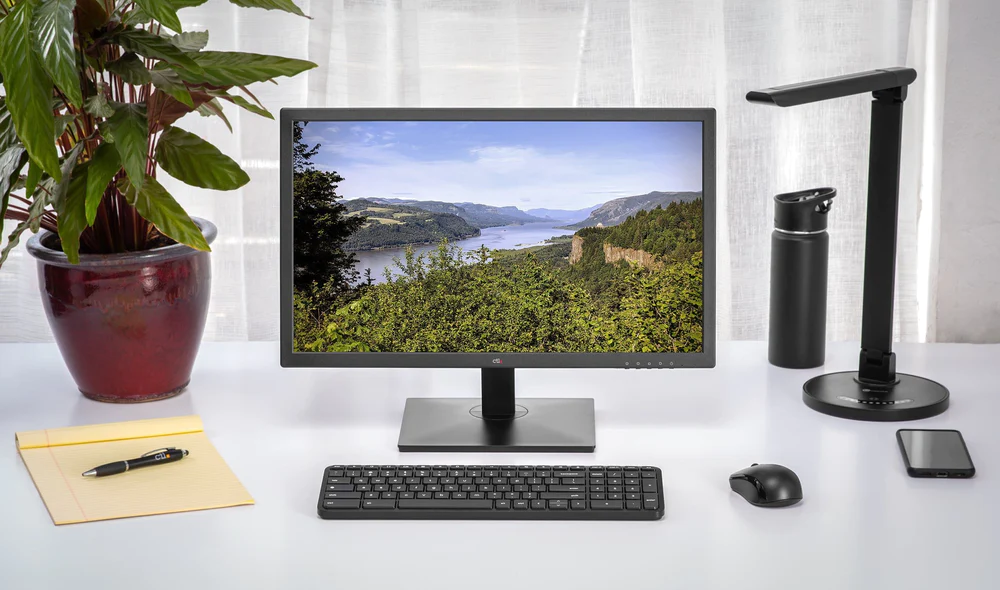![]() Tori Bateman | Guest Contributor
Tori Bateman | Guest Contributor
To hear the words “executive functioning” for the first time might imply something grand or important - like the activities of someone in the oval office rather than the classroom. However, executive functioning (EF) describes the thinking skills that are used every day and make for functional and successful human beings. To define the phrase simply is a large undertaking, as there isn’t much consensus in the multiple spheres in which EF is studied. As an educator, though, I appreciate this definition:
“An all-encompassing construct or umbrella term for the complex cognitive processes that underlie flexible, goal-directed behavior” (Anderson, 2002).
These processes are things that we use every day, for every action. These are also the processes that you may notice your students have a significant deficit in. They include:
- Attention
- Emotional regulation
- Goal setting
- Self-control or inhibition
- Working memory
- Cognitive flexibility and adaptability
- Self-monitoring
- Planning and time management
You may look at this list and think, like me, that you could use some improvement in any one of these areas. EF is something that each of your students will work on and improve throughout their lives, regardless of ability or disability. While we are in the vein of ability, you may notice that some of these EFs are core deficits in various disabilities that you may encounter as both a regular educator and special educator.
ADHD, for example, is a common condition that affects a students’ EF on many levels. ASD, or Autism Spectrum Disorder, is another condition that significantly alters areas of EF based upon where students fall on the spectrum. Most disabilities that present themselves as academic challenges are those in which EF processes are affected. You will need a “tool belt” as an educator to address these deficits and properly support students in both developing and remediating EF skills.
Many of these techniques can be implemented without technology, but modern advances have empowered educators to more efficiently and successfully teach EF skills to students in the classroom. As we go through each technique, I will also discuss applications and extensions that can be used with the latest Google products, such as education Chromebooks and affordable tablets, to better empower your students to improve their EF skills.
Attention
Ah, attention. Even as I’m writing this article, I am doing so in such a way that I am maintaining my focus - but many students have yet to discover a strategy that helps them in doing the same, especially when it comes to taking notes. Taking notes requires a student to have self-control, resist distractions, and focus on the most important information. It is our task as educators to nourish this EF skill through guided notes with the expectation that young students will soon be able to take notes unassisted.
Guided notes, at least in my time in school, took the form of study guides with cloze-style blanks for filling in the relevant information. This same concept can be applied to PDF forms - allowing students to fill in notes and even select options from drop-down lists using their Chromebook tablet. Not only does this streamline note-taking, but it encourages focus through interactivity and self-guided empowerment - especially for students with learning disabilities who may need read-aloud assistance or modified typeset such as OpenDyslexic for easier readability. For guided notes, I personally love the app Xodo. Files can be shared with students straight from Google Classroom - and educators can leave comments for students as they review their notes and make corrections - which models the process of collaboration in many modern careers.
Working Memory
Working memory can be summarized as a small capsule of information that we use to complete daily tasks in contrast to the memory of one’s entire life (Cowan, 2013). Have you ever played a card matching game? Although games like this have been around for centuries, we might hypothesize that the game was created to improve working memory. Studies have even shown that playing Mahjong, a version of the matching game, increased the working memory capacity of elderly patients with dementia (Cheng et al., 2006). How much more beneficial would this style of gaming be for our students?
Although video games in the classroom could be detrimental if implemented poorly, allowing time for strategy and memory games to be played on students’ Chromebook or tablet could be extremely beneficial for their working memory. I personally love using Big Fish Games - as the player is immersed in a world and called to solve the mystery using the purest form of working memory. Other educators swear by Lumosity - a platform that is touted as the “number one brain-training app.” Whichever you choose to implement, using your Chromebooks will surely eliminate the time it takes to clear off a board game - and when used in tandem with time-management technology it can help students learn self-control in the realm of gaming.
Planning, Goal Setting, and Time Management
Chrome web extensions are essential to any educator’s technology toolbelt - and because they are managed via cloud, teachers can now deploy Chrome extensions to all devices in just a few clicks. Extensions are a great way to integrate time-management and planning straight into a student’s browser to go right along with their use of Google Classroom. Timers are an excellent way for students to monitor their own work and play and are traditionally sold as timers for the teacher to implement upon the whole class. In 21st-century classrooms, however, students may have individual or group assignments that require them to manage their own time. The minimalist Timer and Stopwatch for Chrome integrates perfectly into the Chrome browser and is easy to use.
Students may also benefit from a visual schedule or checklist, especially if they require this as part of their special education plan. Using Trello, a management app that is a fan of many corporate and individual entrepreneurs, teachers can create a visual schedule tool that is easily integrated into the Chrome browser. Because schedules and activities vary day-to-day, the ability for teachers to drag and drop parts of the schedule and share with multiple students will save lots of time and help students with EF difficulties grow in the area of planning and goal setting. There is also an app that can be used easily on a Chromebook tablet.
Cognitive Flexibility
Cognitive flexibility, or the ability to change one’s thinking or behavior in response to different environments, is an essential EF skill for modern living. This flexibility is what helps us to adapt to our situation and create meaningful experiences throughout life. Students often exhibit inflexibility in their opinions, routines, and behaviors - and it is one of the most mystifying EFs when it comes to teaching and encouraging growth in this area.
Technology has enabled us to bring tangible experiences to students that would otherwise be held in the pages of a book or lines on a map. Regardless of what class you teach, allowing students to explore global perspectives can increase their cognitive flexibility. Google Earth is one of the best tools for this - and can be accessed via Chromebook or tablet. When students are learning a concept or investigating various pieces of information, their thinking should be flexible and able to take on the perspective of others. Students can use their personal technology devices to “hit the streets” of other countries and feel more in tune with the perspectives of others around the world.
Self-Monitoring
Self-monitoring may be the most important of all EFs for transitioning from high school into adulthood. Adults are constantly met with deadlines and opportunities for self-reflection and self-improvement, and these are skills that need to be sharpened before students get their cap and gown. I’ve mentioned it several times through this article, but Google Classroom, in my opinion, cannot be mentioned enough. Its features make for easy integration in using Google’s Chromebooks and tablets, and allows students to monitor their own progress, correct assignments and reflect, and monitor their time and meet deadlines effectively. Google is constantly improving the platform, and even has a rubric tool in beta for future implementing - further allowing students to monitor their own work and reflect on their performance.
When it comes to executive function, it is important that we, as educators, are aware and intentional with the techniques and technology that we use in class - and the advancement of Chromebooks and Google tablets will surely be beneficial in developing our students and assisting students with deficiencies. Let us know below - what are your favorite apps for executive function?
Works Cited
“Activities Guide: Enhancing & Practicing Executive Function Skills.” Center on the Developing Child at Harvard University, 2014, developingchild.harvard.edu/resources/activities-guide-enhancing-and-practicing-executive-function-skills-with-children-from-infancy-to-adolescence/. Accessed 30 Oct. 2019.
Anderson, Peter. “Assessment and Development of Executive Function (EF) During Childhood.” Child Neuropsychology, vol. 8, no. 2, July 2002, pp. 71–82, 10.1076/chin.8.2.71.8724. Accessed 10 Nov. 2018.
Cheng, Sheung-Tak, et al. “An Exploratory Study of the Effect of Mahjong on the Cognitive Functioning of Persons with Dementia.” International Journal of Geriatric Psychiatry, vol. 21, no. 7, 2006, pp. 611–617, 10.1002/gps.1531.
Cowan, Nelson. “Working Memory Underpins Cognitive Development, Learning, and Education.” Educational Psychology Review, vol. 26, no. 2, 3 Dec. 2013, pp. 197–223, 10.1007/s10648-013-9246-y. Accessed 6 Oct. 2019.
Dajani, Dina R., and Lucina Q. Uddin. “Demystifying Cognitive Flexibility: Implications for Clinical and Developmental Neuroscience.” Trends in Neurosciences, vol. 38, no. 9, Sept. 2015, pp. 571–578, www.ncbi.nlm.nih.gov/pmc/articles/PMC5414037/, 10.1016/j.tins.2015.07.003.
By Tori Bateman | Guest Contributor
Tori Bateman is a special educator and content writer who specializes in 21st-century educational strategies, social and emotional learning, and using technology in the classroom. You can find her contact information and other exciting projects on LinkedIn.
